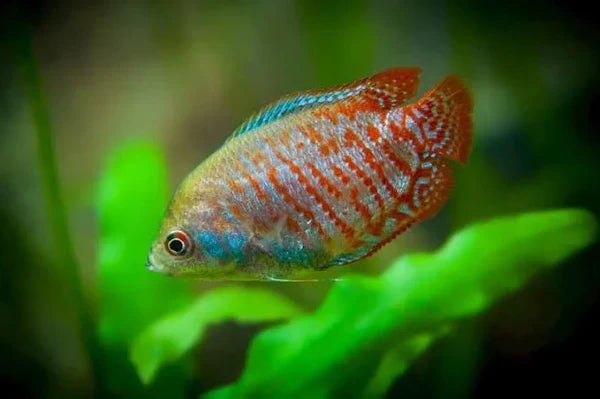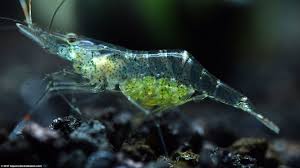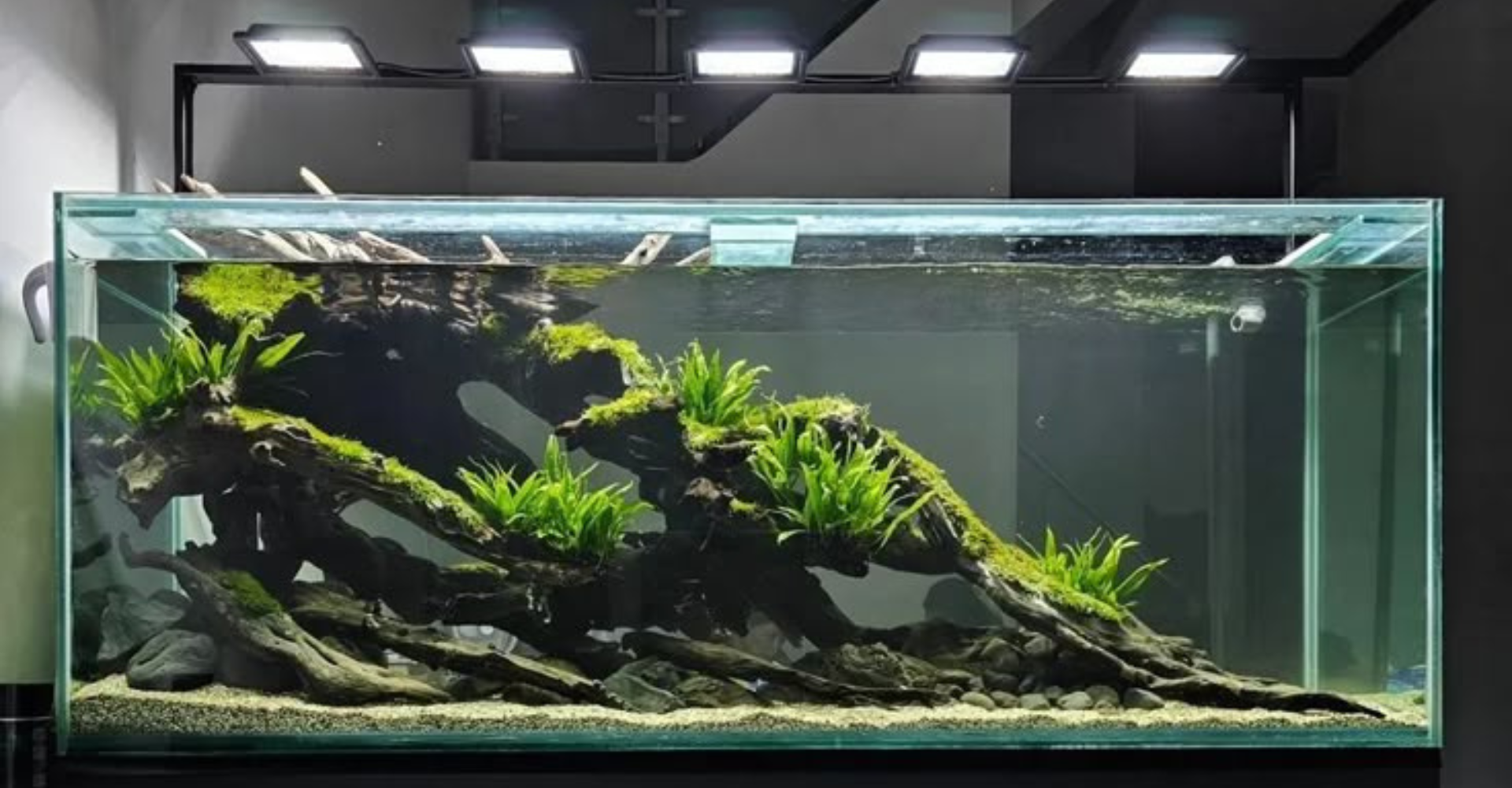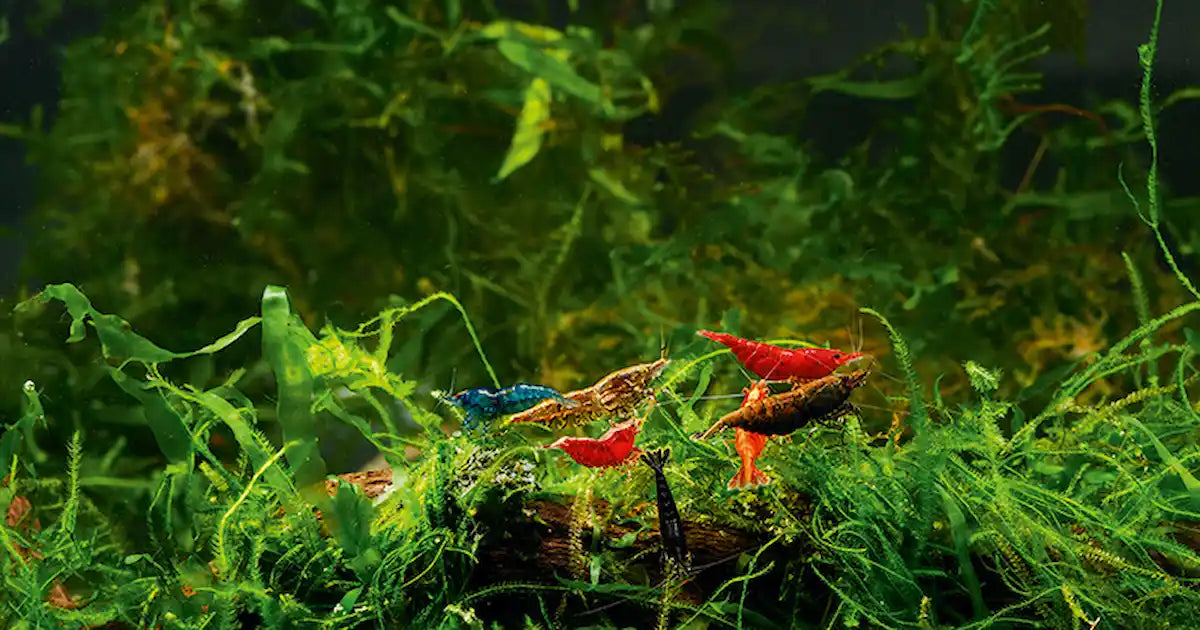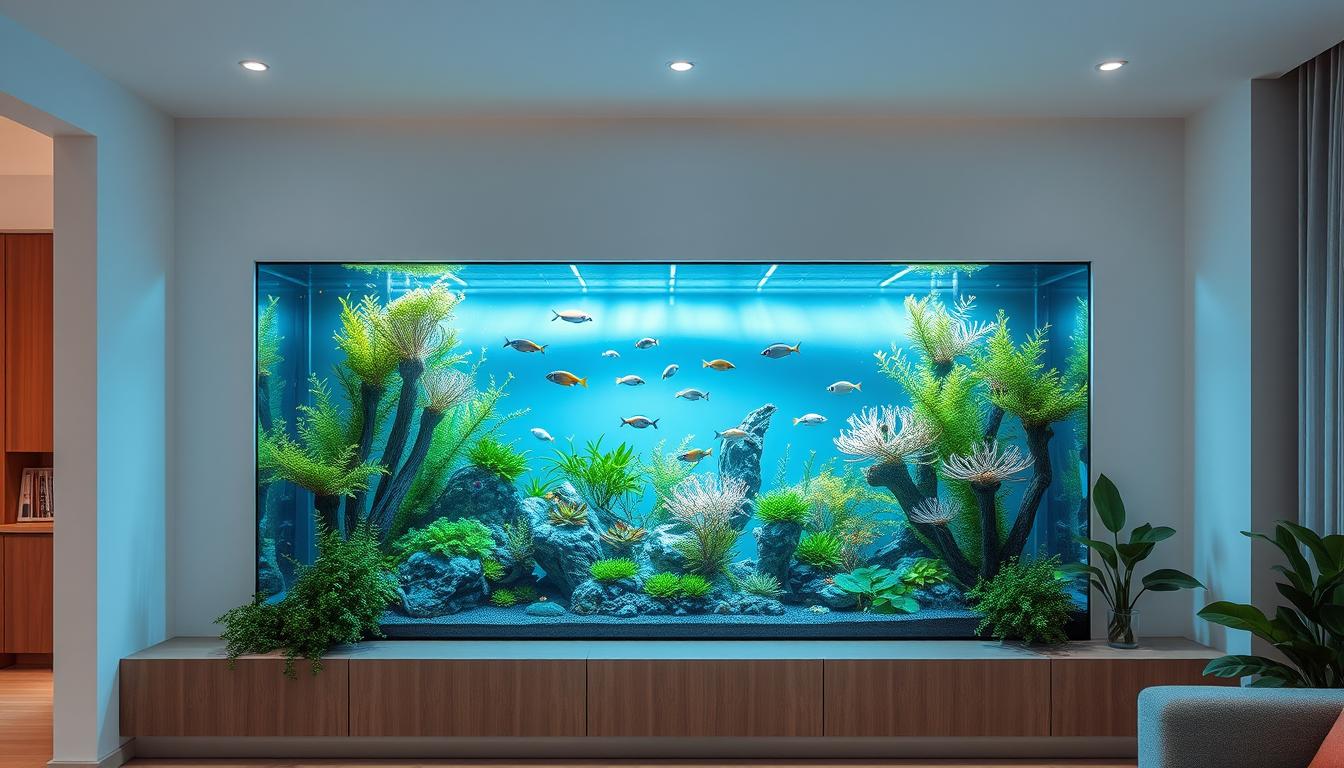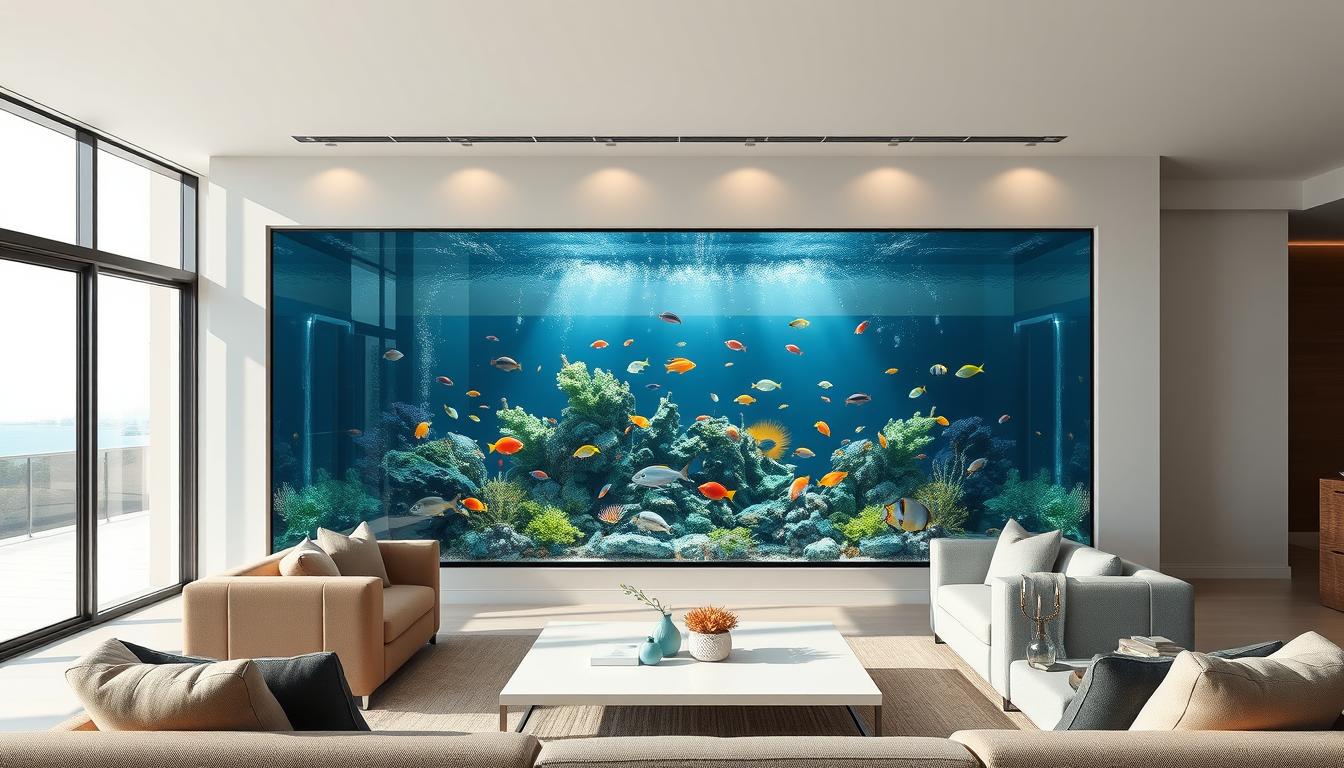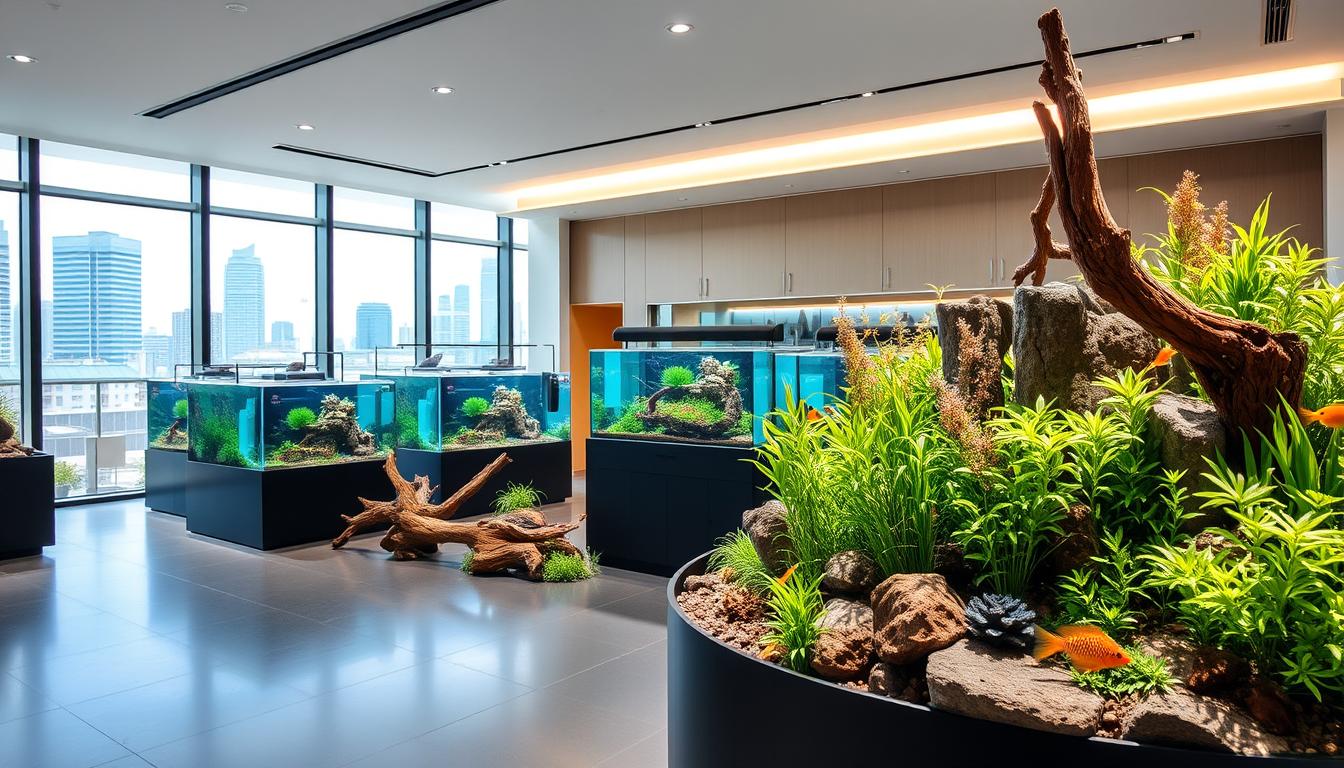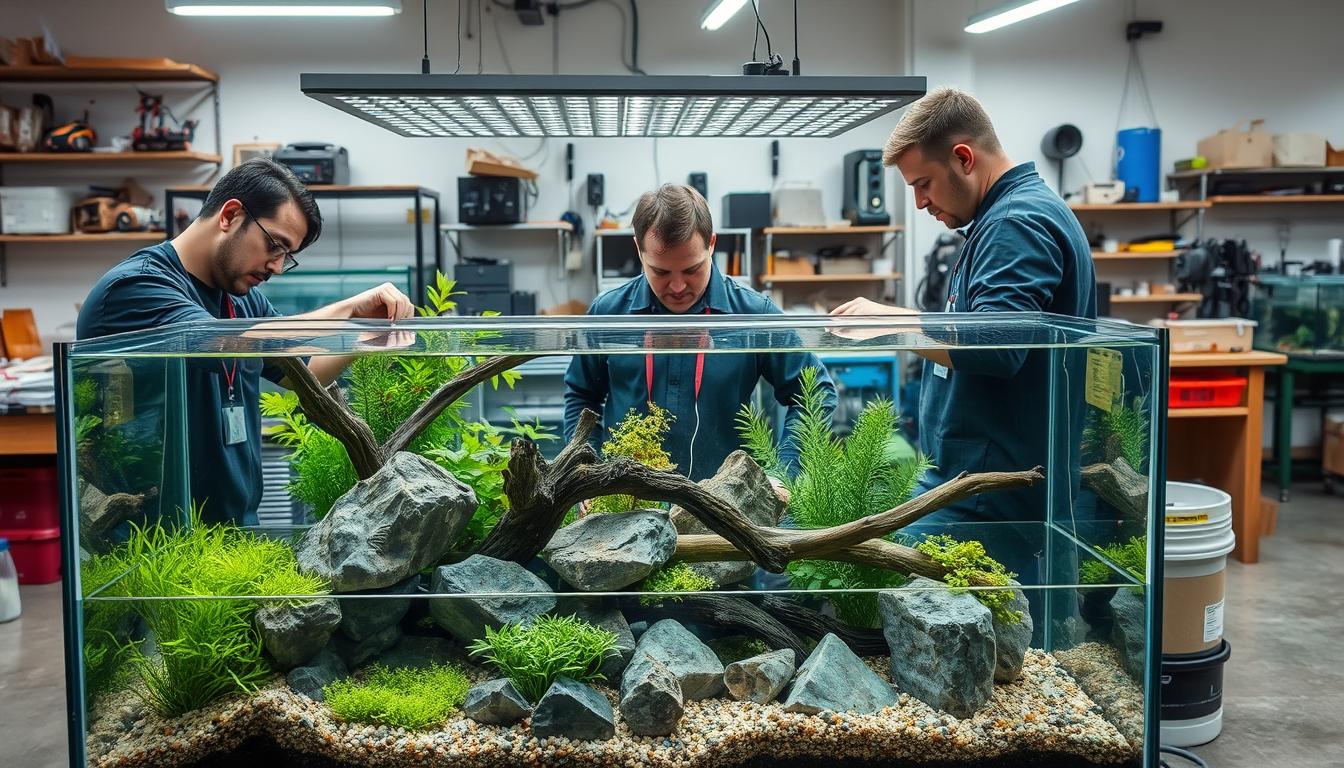101 SECRET ABOUT THE MALAYSIAN TRUMPET SNAIL YOU CAN NOT MISS IT OUT.
The Malaysian trumpet snail is referred to under a number of different names, such as the Malaysian Burrowing Snail, the Malaysian Live Snail, and the red-rimmed Melania. They make a successful invasive species, which is why they can spread so easily. This ability also makes them a pest in the aquarium.
Some people love these snails and choose to keep them as pets. Others hate them and try to keep them out of their aquariums at all costs. They often enter the aquarium secretly, shipped from the pet store along with live plants or livestock that have been purchased.
Their eggs are difficult to detect so they go unnoticed. This breed is very popular, they can be found at most pet stores and are sold very cheaply. When purchasing several, choose ones that are moving around or attached to a hard surface. Those lying motionless or upside down may have died.
Watch for signs of illness in their tank mates. If you find something amiss, shop elsewhere. A healthy snail will live for about 2 years, but if kept in their preferred environment this time can be extended even further.
Typical behaviour.
This species is very peaceful and poses no threat to any of its tank mates. This makes them great for community aquariums, as long as they don't live with any snail-eating creatures. Malaysian snails move very slowly (like all snails) and will not be able to escape if anything tries to eat them. Their only defence is to hide in their shells and seal themselves with gill membranes.
Most of their time is passed by a tank in search of food. They will suck up any uneaten food or debris on the substrate and cling to hard surfaces to feed on algae. This helps prevent algae blooms and out of control. These snails usually hide during the day by digging into the substrate with their mouths. They will reappear when the light level drops to continue scavenging.
Such substrate migration helps prevent harmful gases from accumulating and contaminating the water. One behaviour you should be especially aware of is their spawning. They can reproduce quickly, so populations can spiral out of control. This is why many aquarists consider them pests.
Buy Malaysian snails here.
Appearance
Aquarists who love the Malaysian trumpet snail are not only a fan because they eat algae, but these snails can also look quite attractive in the tank. This is mainly due to their shell shape, which is different from the usual spiral circle shape common in many species. The shell of the Malaysian trumpet snail is elongated, stretched, and looks like an ice cream cone. Each shell usually consists of about 10-15 twists.
There is a series of thin rings along with the case. These develop as the snail (and shell) grows, making them a good indication of how old the snail is. At the opening of the shell is a gill cover. This acts as a trap for the snails to seal themselves inside their shell for protection.
Although their shells have an interesting shape, they are not brightly coloured. Most snails are light brown or grey, but some populations are darker, possibly black.
Some Malaysian trumpet snails have red spots surrounded by spirals. Their heads are flat, with a pair of tentacles at the base. This is a very small species. Females tend to be slightly larger than males and also have green gonads, while males have red gonads.
It's time to add some Malaysian-Guys to your tank. Check it out here.
Habitat and tank conditions.
Although the Malaysian trumpet snail is native to North and South Africa, it can now be found all over the world. They spread easily, often by humans unwittingly introducing them to new areas. Their ability to spread is due to their fast reproduction rate and hardy nature. This hardiness means they can tolerate a wide range of conditions and, therefore, live in a wide variety of environments. They mainly live in freshwater, although some can survive in brackish water.
They thrive in habitats with poorer conditions because they can tolerate pollutants better than most other species. The Malaysian Trumpet snail is found in slow-moving waters where oxygen levels can drop slightly. Below the surface, there will be plenty of live plants and a soft substrate to burrow into.
Temperature and pH can vary greatly between populations. This species adapts to a wide variety of conditions, so it's easy to design a suitable aquarium that replicates their natural preferences.
Tank condition.
You should keep the Malaysian trumpet snail in a freshwater environment; This will give them the best chance to stay healthy. Layer your tank bottom with a soft sandy substrate. This species burrows frequently and burrows for long periods of time; with big seeds that may scratch.
They provide shelter and food and help keep the water cleaner. These snails will mainly refrain from eating dead plants that have fallen to the substrate, rather than the living plants themselves.
You can add any decorations you want. These will provide an extra surface for your snail to pass through to hunt for algae. Water should be kept between 70°F and 80°F. The pH should also be maintained at 7.0-7.5.
This species prefers slow-moving water, standard aquarium lighting is fine too. Strong filter inputs can damage these snails if they get too close. A sponge covering the inlet will reduce this risk. If tank conditions are right, the Malaysian trumpet snail will most likely take care of itself without much effort.
Come to pick some snails for your tank mate here!!
How much can be kept per gallon?
You can keep 1-2 snails per gallon if they are the only species in the tank. Keep less if you have a community because you don't want to overload your filtering system.
Tank mates.
This is a peaceful species that can easily fit into a community aquarium. They will stay away from their tank mates; Their attention will be directed to foraging. The tank mates to avoid are those who would treat Malaysian Snails as a snack. Fish that can do this include puffer fish, Nerite snail, mystery snail, freshwater clam, cherry shrimp, vampire shrimp, Amano shrimp, ghost shrimp, and Cory catfish.
Some invertebrates are also terrible tank mates, such as the Killer Snail. They will devour your Malaysian Trumpet Snail. In fact, trumpets are often used as food for Killer Snails. Some of the safer invertebrates include Ramshorn Snails, Mystery Snail, Bamboo Shrimp, and Ghost Shrimp.
Small fish are a good choice as they are not large enough to eat your snails, although they are also small. You can try Neon Tetras, Mollies, Tiger Barbs, Corydoras Catfish or Otocinclus. There are many possibilities, but always check compatibility before buying anything for your tank.
Can I keep the Malaysian trumpet snails together?
These snails will be fine when in a group, they will ignore each other and focus on their lives. They are so small that just keeping one individual would be pretty pointless. After you have a few, they will start to breed rapidly, so don't be surprised if your population grows. Some people have to come up with a method of control to prevent their numbers from getting out of control.
Diet.
Most of a Malaysian snail's life is spent searching for food because the more they eat, the more energy they have to reproduce. They will spend the day burying themselves in the substrate, coming out to feed when the light is weak.
They will eat most organic matter they come across. Usually, things fall to the floor, such as dead plants, dead fish, fish waste, and fish leftovers. Although they love to eat dead plants, they should leave their live plants alone if they are finding enough food elsewhere in the tank.
Algae and microbial membranes also make up a large part of their diet. They grow on all surfaces in the aquarium, then the snails can go and scrape them off. This can save you a bit of time as you'll have to wipe away excess algae less often. You will lose this benefit if you keep too many snails because they will create more waste than your filter can handle.
To change the diet of the Malaysian trumpet snail, you can add small pieces of green vegetables to the tank. Try lettuce, broccoli, spinach, or cucumber. These vegetables will introduce some calcium into the diet. Calcium is important for snails to develop strong shells. Without calcium in their diet, snails become especially vulnerable.
Care.
This breed will mostly take care of itself. They are tolerant of many conditions and most of their food grows naturally in the tank. Although they can live in a wide variety of conditions, a sudden change in environmental conditions can be harmful. You need to maintain a consistent internal environment.
Use the water test kit every week to check if the parameters are at the right level. You should keep the tank clean by changing the water regularly and wiping out excess algae. Don't remove too many algae, or there won't be enough food for your snails.
The disease is rarely a problem for these snails. They can sometimes be infected with parasites, which manifest as white spots on their shells. Malaysian snails often act as intermediate hosts for parasites such as flukes. These can then spread to vertebrates such as humans.
Transmission only occurs when eating infected raw fish, so you don't need to worry about getting sick from the snails in your tank. When adding chemicals to your aquarium, always check to see if they contain copper. Copper is toxic to invertebrates.
Controlling If Malaysian Snails accidentally get into your tank, there are a few things you can do to keep the numbers in check low or destroy them completely.
The most natural form of control is to introduce a predator that likes to eat small snails. Options include snails, goldfish, and Killer Snails. Removing individual screws by hand is another control option, but it is often laborious. You also won't be able to find individual snails to get rid of them.
The best eradication technique is the use of chemicals. Fish pills that contain copper will kill the Malaysian trumpet snail, but be aware that they will also harm all other invertebrates.
Breed.
The Malaysian trumpet snail is a reproducing species that can reproduce in two ways: parthenogenesis or sexual reproduction. Parthenogenesis (also known as virgin birth) is where the female gives birth to offspring clones. They will be genetically identical to their parents. Males do not need to fertilize the eggs for this to happen. This method means that one female can multiply to create an entire colony, showing how easily this species establishes itself in a new area.
Sexual reproduction is where a man's sperm is needed to fertilize a woman's egg. This is a rarer form of reproduction in this species and tends to occur more frequently in populations with a large male proportion. One female can give birth to more than 200 pups. Embryos develop in the brood pouch before being released as juveniles with 5-6 spirals in their shells. Not all embryos will develop into juveniles, many will be ingested by other embryos in the sac. Hatching usually takes place at night as this is when the species is most active. Newborns will be only 0.08 inches long.
Hey, we also have Rare Ivory Mystery Snails. Let's check a look.
Are Malaysian trumpet snails right for my aquarium?
These snails are suitable for most aquariums, so you just have to decide if you think the Malaysian trumpet snail is a pet or a pest. There is no right answer, there are both pros and cons to this species.
They are good pets due to their ability to eat algae, but they can easily enter the aquarium unnoticed and multiply rapidly, which can overload your filtration system.
If you decide you want these snails as pets, you should now feel confident about how to care for them. It doesn't take much effort; The main consideration is to make sure that your tank mates are not snail eaters.







